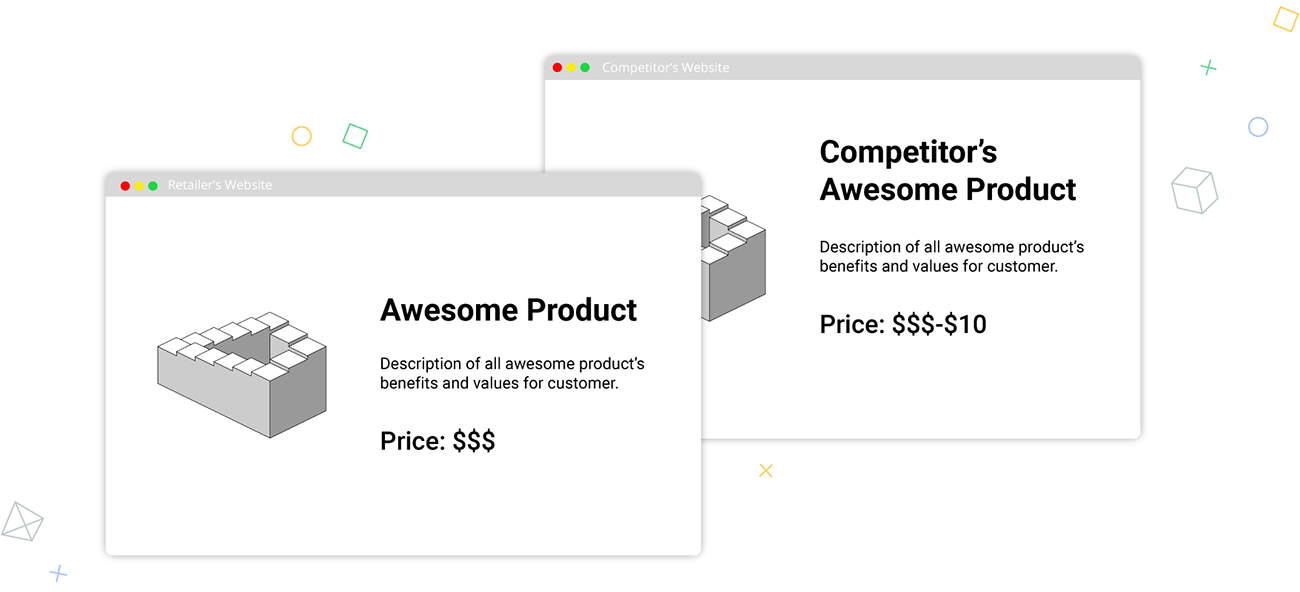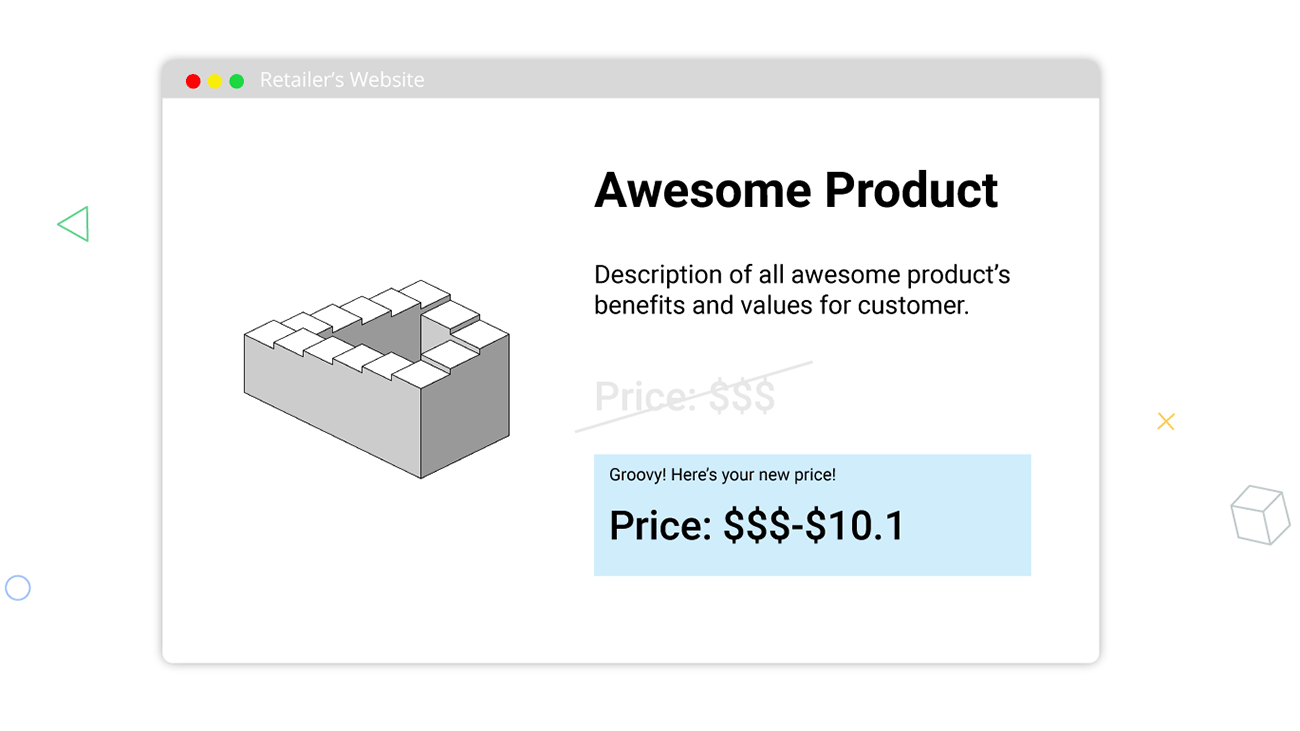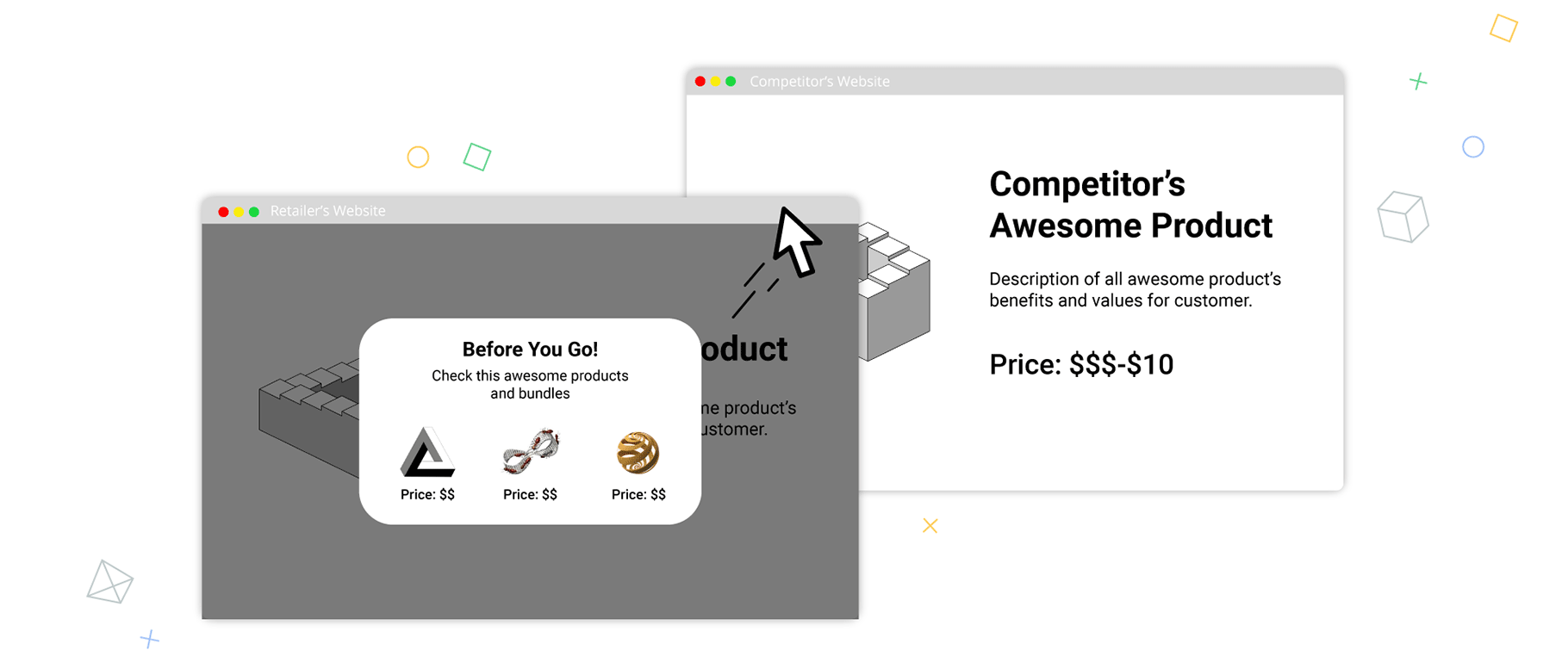We’ve discussed dynamic pricing a lot before. It’s a part of a wide list of different pricing strategies. Dynamic pricing has its own tactics and practices, and there are special hacks on how to choose products for this strategy.
This time we’re unpacking how retailers can use dynamic pricing to personalize user experience.
Is Dynamic Pricing a Form of Price Discrimination?
Before we proceed to the topic, it’s necessary to dispel possible misunderstandings. More or less often, you can find “holy wars” about the nature of dynamic pricing and its relations to price discrimination technics.
Dynamic Pricing ≠ Price Discrimination
Dynamic pricing has nothing to do with price discrimination. This pricing strategy developed especially to stay relevant to the market, e.g. set prices considering competitors’ prices or promotions and supply dynamics. In the meantime, discrimination is a strategy that divides users according to their purchasing power, e.g. what devices they use, which city live in, etc.
This is one of the reasons why all these speculations took place.
Dynamic Pricing with Personalization and Data Collection
The main reason dynamic pricing exists is the retailer’s desire to stay competitive.
“When my key competitors change their prices, I want to know them to adjust my inventory”.
~ The Quote of Any Retail Winner
This is a game for three.
Retailer plays against competitors to offer a better price to the consumer, who plays against both mentioned before to find the best possible price for the products. Similarly to price wars, this competitive-intelligence-based game is limited for retailers.
There will always be a competitor who changes its prices quicker, more efficiently, or smarter in any other way. In this case, we suppose that average retailer will be one step behind retail winners of the industry.
According to this competitive pattern it’s necessary to improve dynamic pricing with personalization techniques and to add few data collection tricks.
How can this be implemented? Imagine an online retail store that offers next experience:
- User sees a product card but he also sees a different competitive prices in the next browser tabs.

- But — with a simple product card update — instead of buying the cheapest item on the market, he helps the retailer collect data about competitive prices, and even more so, to define the retailer’s key competitors.

- He gets a personalized offer that persuade him to buy the desired item from current retailers.

Under the hood of this process few activities are taking place:
- After the customer publishes a competitive link, special bot researches it to collect product’s price and specs—it can be a different item the user missed.
- If this item is the same, pricing algorithm reduces competitor price, let’s say by $0.1
- And returns it to the customer.
It may sound complex but the whole process takes less than a second if the retailer uses an advanced tech solution.
In case the retailer wants to prevent a visitor from leaving, he can offer his customers even more personalization, enriched with behavioral research.
Dynamic Pricing with Personalization and Behavioral Research
Another level of dynamic pricing and personalization union is behavioral research. It‘s built on the hypothesis of an unsuitable price.
The suggestion is next: “If a user left the product card without buying, the item’s price was inappropriate for him. What if we’ll provide customer with similar but less expensive items”.
To check the accuracy of this suggestion, the customer’s flow should be next:
- User sees a product card with a desirable item which is too expensive.
- The moment he’s going to leave, a banner pops up suggesting some cheaper or bundled items
It allows the retailer to inspect user behavior more carefully than ever before. He may see whether this is a case of him misunderstanding the audience or it’s just an accidental visitor.
To provide customers with this option, retailer needs to have
- Well-structured inventory. To show exact analogs to the requested item.
- Advanced pricing. To suggest product bundles.
And yet, it’s not everything a retailer can do to provide better customer experience. The next level is transparency.
Transparent Dynamic Pricing
Last but not least.
We are all aware of the difference between the dynamic and discrimination pricing but our customers aren’t.
To avoid disappointment it’s essential to notify users of the price changes. Such communication can take different forms.
“Our website robots are going to change prices in XXh:XXmin. Do not hesitate to buy what you want. We have no idea whether new prices will be cheaper or more expensive!”
~ Store’s notification
Talk to your customers.
Explain the necessity of price changing and tell them fairly when change occurs. It will build your brand image better than any quality assurance that you publish at your website.
Conclusion
The future of dynamic pricing is in absolutely personalised customer experience alongside with unique and competitive price.
Go for it! Or share with us why the aforementioned methods can’t be implemented in your online store!








